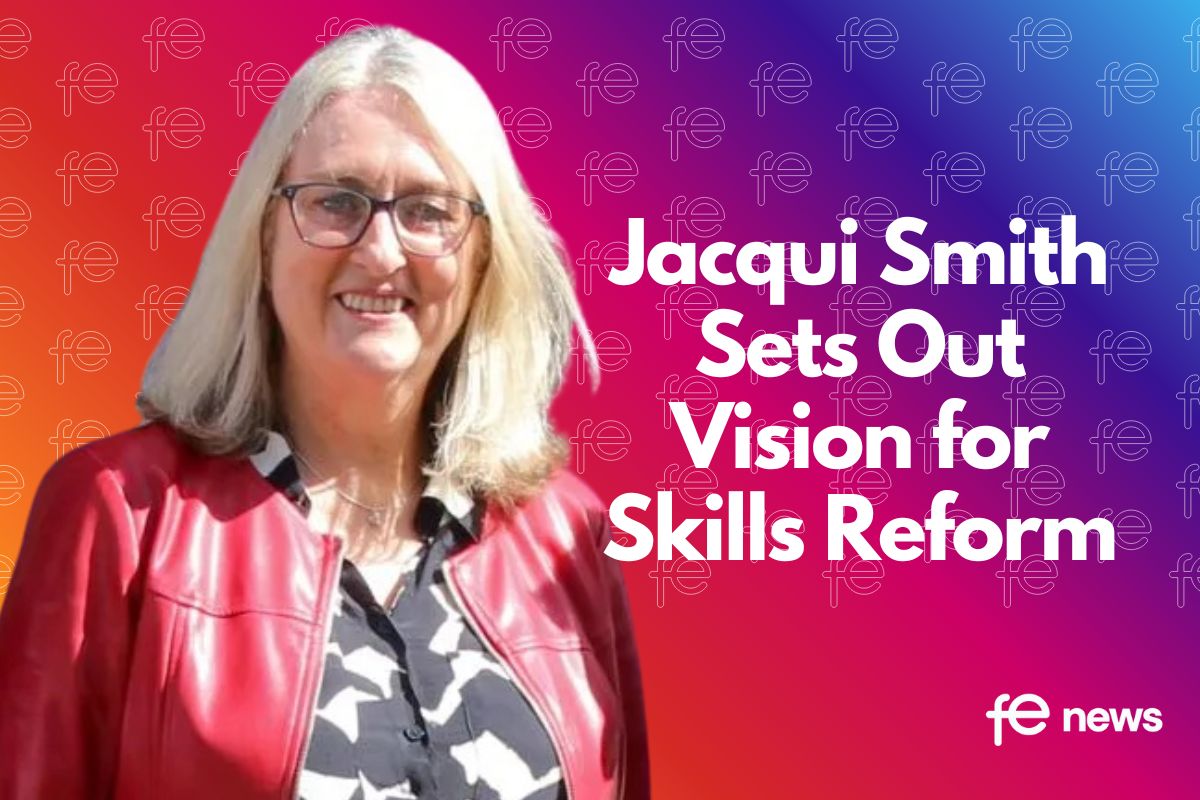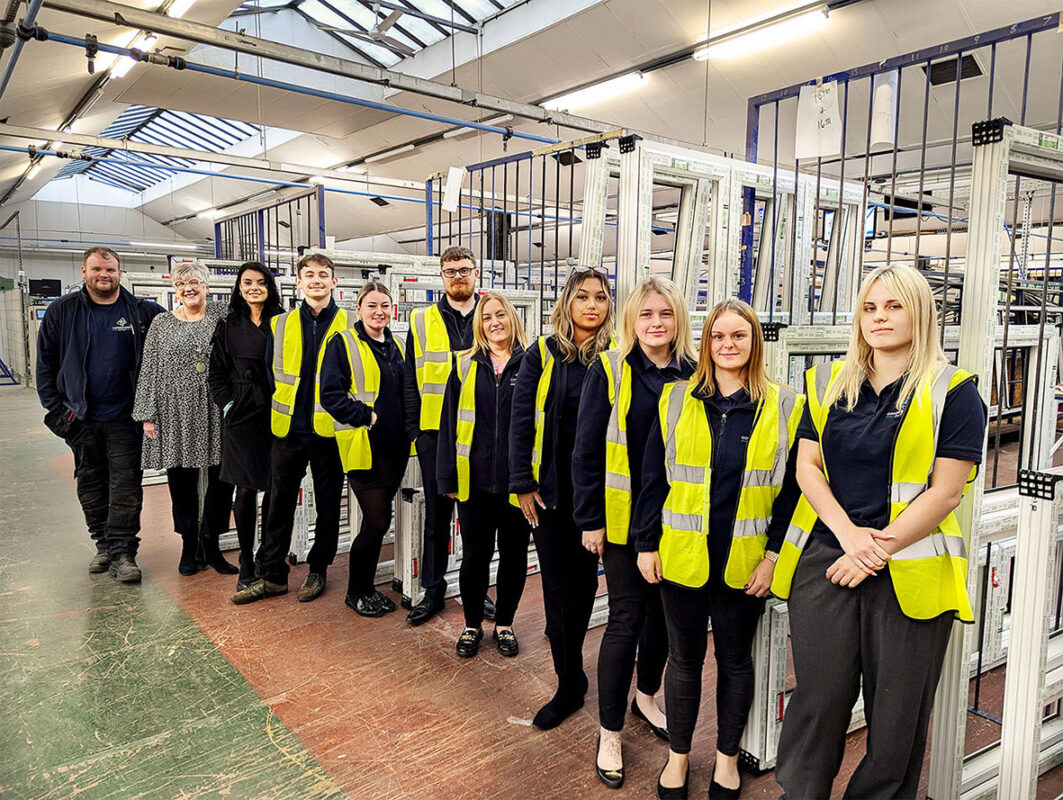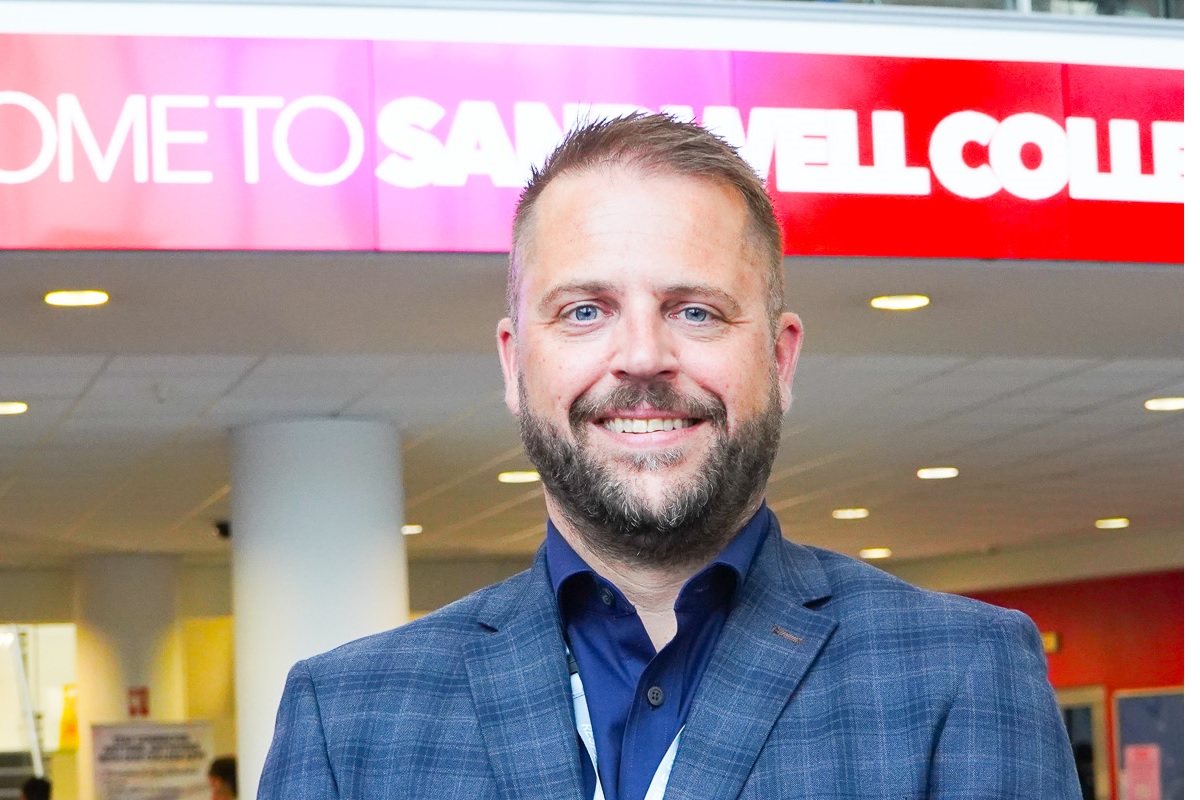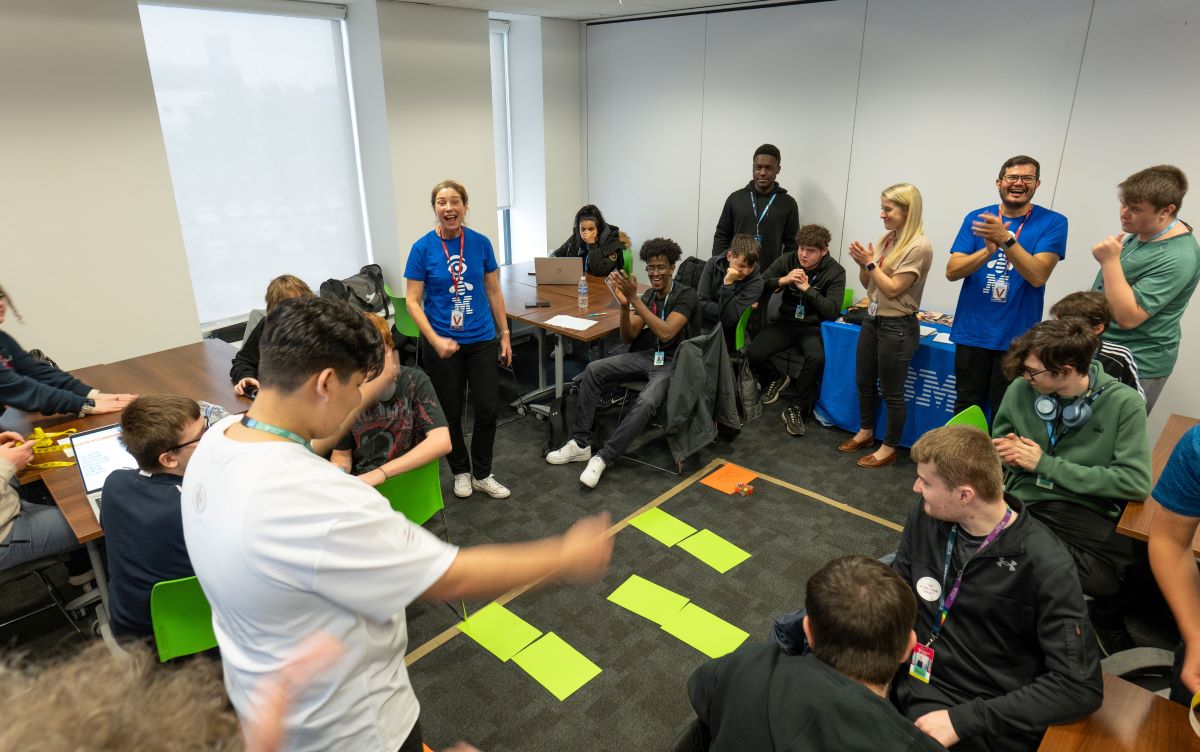Diversity and Inclusion: How can data help employers to close the gaps?

@AssessFirst – Inequality is a word that is often thrown around when it comes to workplace culture. And whilst we live in a world that continues to fight against it, we still find ourselves on a mission to close a whole host of gaps; age, gender, and ethnicity, to name but a few.
But, as we transition out of the turbulence of the last 18 months, it is important for businesses, employers, and the HR industry to turn their attentions to a diverse, inclusive, and unbiased approach.
As of 2020, just 5% of the FTSE 100 have a female chief executive officer, and with a pay gap of up to 33% between men and women in certain sectors, it is something that must continue to be addressed.
And to help aid the continuous battle for diversity and inclusivity within the workplace, David Bernard, CEO of innovative AI (Artificial Intelligence) recruitment platform AssessFirst, explains how data will help employers and recruiters to close the gaps and prevent bias.
On the surface, everything seems relatively fair, but when you start digging a little deeper, it doesn’t take long to realise that things are often unbalanced.
The reasons for pre-existing inequality in the workplace can in some circumstances be complex, however what’s important is how we come together as an industry to ensure that diversity and inclusion within the workplace is a priority for all.
Suitably, we find ourselves in Pride Month (June), so this seems even more prevalent as a topic matter at present.
Removing the bias from recruitment
As hard as we may try, conventional methods of hiring and recruitment, such as using the CV to be the main filter of talent, are often the cause of bias decision making, even if it’s at a deeply subconscious level.
It is no longer acceptable that people are hired based on their upbringing, education, or appearance, and using CVs as a marker, and face-to-face interviews as a clarifier, does just that.
As humans, we are programmed to find differences in our perceptions distasteful, we are averse to change, and even feedback is naturally offensive. So, with that in mind, how can we be sure that we are making the correct decisions if we only make choices based upon our own beliefs?
It’s clear that we don’t always make the right decisions, no matter how measured we think they may be. But now, thanks to innovative AI technology, we can build a better, non-biased future for recruitment.
Overcoming inconsistencies and the collection of data
Recruiters should be doing everything possible to mitigate inconsistency. The aim of a data driven approach is to remove doubt or bias and provide opportunities for individuals regardless of age, gender, religion, social status and education, disability, or skin colour.
Due to the coronavirus pandemic, enforcement of gender pay gap reporting has been postponed until 5 October 2021. And whilst some workplaces have still not made the necessary adjustments to allow women to pick up their careers effectively following maternity leave, or to bring up children with flexible working hours, it is now that companies should address the situation and consider this type of circumstantial data to ensure equality: removing workplace inconsistencies.
90% of all data has been created in the last two years, which demonstrates its ongoing impact, growth and the global scramble to collect, protect and use data wisely. Companies can utilise data to better understand a person’s personality, and what their core values are as they relate to their career.
By utilising data, businesses can improve consistency and retention within the workplace, creating a more efficient and stable environment for its people. This gives HR departments and companies seeking to hire, the ability to predict performance levels based on science rather than instinct.
Even today, many other algorithmic assessment tools on the market look only at experience, age, and location. But we must align candidates with the right team, management, and environment in order to see potential success, moving past traditional CV-based hiring, and working towards a future of recruitment that specialises in the prediction of human behaviour via data, analytics, and artificial intelligence.
Creating a diverse and inclusive workplace
According to reports, 83% of millennials want companies to align with their values. So, if businesses are looking to secure new talent, they must focus on their culture first and foremost.
In this digital first era, implementing a technology-led recruitment process, means businesses and candidates can ensure that everyone feels valued; that they were hired due to their ability, skillset, and personality – nothing more, nothing less.
Artificial intelligence is perhaps the biggest thing to have happened to the recruitment and HR industry, and yet it still requires a human element. In fact, AI technology in this context only enhances the decisions of humans, aiding their roles as opposed to taking them away.
The AI capability of the AssessFirst assessments allows us to effectively learn about a candidate, populating questions for the recruiter to better understand elements of a candidate during interview, allowing them to make the best possible hiring decision.
The technology is designed to be harmonious for all. People remain at the head of the process, knowing that bias is removed from the earliest stages of recruitment, providing the company with a candidate who shares the company values and is perfectly suited to their role.
An algorithmic and predictive psychometric platform allows candidates to feel content in the knowledge that they are a part of a diverse and inclusive workforce whilst assuring businesses that they have made an informed and non-biased decision.











Responses